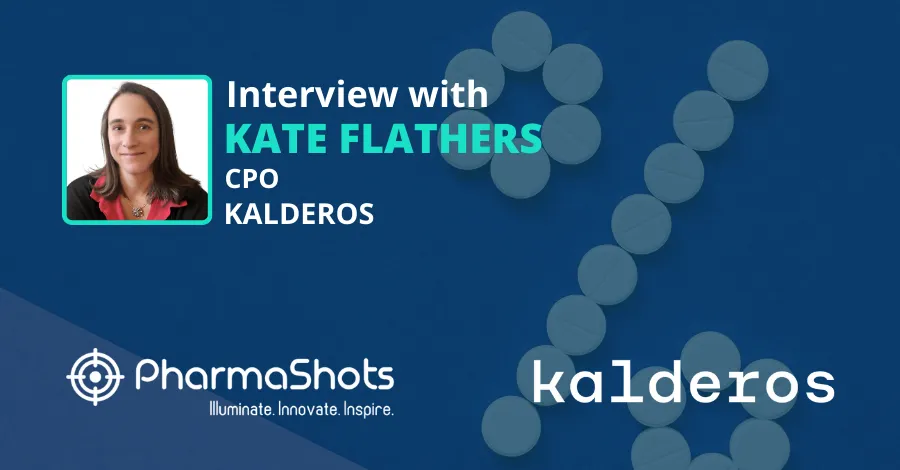
Predicting 2025 Trends: Jesse Mendelsohn from Model N in an Illuminating Discussion with PharmaShots
Shots:
-
Several undulating factors coalesce to inadvertently shape the biopharma industry
-
Prominent challenges include mounting pressure on Pharmacy Benefit Managers from independent pharmacies and drug manufacturers, a growing shortage of GLP-1 drugs, and the addition of 15 more drugs to the Inflation Reduction Act’s price negotiation list.
-
Jesse Mendelsohn, SVP at Model N, emphasizes the need for the U.S. biopharma industry to address these pressing issues with urgency and strategic focus.
Saurabh: Do you believe the next year will be challenging for PBMs? How are these PBMs responsible for shutting down independent pharmacies?
Jesse: PBMs will face mounting public and political pressure in 2025. The current PBM model creates financial strain on independent pharmacies through its rebate structure. While patient copays are often tied to drug list prices, pharmacy profits are linked to lower drug acquisition costs after rebates. Small pharmacies operating with limited economies of scale are particularly vulnerable to this pricing model, which continues to squeeze their revenue margins. Additionally, it’s alleged that PBMs leverage the squeeze on independents to steer customers to their own pharmacies (e.g., Aetna and CVS are the same company). Consumers are only just beginning to understand the role that PBMs play in retail pricing.
Saurabh: How does “the enemy of my enemy is my friend” apply to the current dynamics between pharmaceutical companies, PBMs, and independent pharmacies?
Jesse: Pharmaceutical manufacturers and independent pharmacies are finding common ground in their concerns about PBM practices, leading to increased collaboration in their advocacy efforts. Both groups are affected by the current rebate system. Manufacturers face pressure to maintain high list prices to afford high rebates that secure favorable formulary placement, while independent pharmacies struggle with diminishing profits tied to post-rebate acquisition costs. I expect to see more cooperation between manufacturers and pharmacies — or at least tacit alignment — against PBM practices in the year ahead.
Saurabh: What are the possible reasons for the shortage of GLP-1 drugs?
Jesse: The shortage of GLP-1 drugs stems from a combination of surging patient demand and manufacturing capacity constraints. The situation is further complicated by the availability and popularity of compounded versions. When branded drugs become available again, patients will almost certainly have to transition away from compounded alternatives, potentially triggering new waves of shortages. Quality concerns with compounded versions may also impact overall market dynamics and availability patterns.
Saurabh: There is an undeniable tension between branded manufacturers and compounding pharmacies in the pharmaceutical market. How do you think this tension is going to evolve over the years?
Jesse: The relationship between branded manufacturers and compounding pharmacies will likely become more complex, particularly regarding drugs like tirzepatide. The transition to branded versions — once shortages end — will create ongoing market disruptions. Safety concerns, including potential contamination issues with compounded versions, may lead to increased regulatory oversight and affect consumer confidence in compounding pharmacies. In some markets, like Australia, compounded versions have already been banned.
Saurabh: What major changes are we looking forward to with the addition of 15 more drugs to the Medicare Price Negotiations list? Would this impact research in biopharmaceutical start-ups or biotech companies?
Jesse: The expansion of Medicare price negotiations may prompt pharmaceutical companies to reshape their development strategies. For example, in some cases, they may shift toward injectable products that have longer periods before becoming subject to negotiation. Companies will consider launch timing and investment decisions based on the likelihood of their products appearing on future negotiation lists. The industry will closely monitor CMS’s pricing methodology, as these decisions will influence research investment patterns across established pharmaceutical companies as well as start-ups.
Saurabh: How are multiple indications for a drug going to affect a company’s profit in the long run? Is it possible that companies might opt out of researching newer indications to maintain their revenue?
Jesse: Manufacturers may hesitate to pursue multiple indications since additional indications could trigger earlier price negotiations under the IRA framework. This strategic shift could result in fewer treatment options as companies forgo research into new uses for existing medications to avoid price controls. The financial calculations around post-approval research will fundamentally change as companies weigh the potential revenue impact of additional indications against the risk of price negotiations.
Image Source: Canva
About the Author:
.png)
Jesse Mendelsohn
Jesse Mendelsohn is a Senior Vice President at Model N, the leading revenue optimization and compliance provider for life sciences and high-tech manufacturers. With nearly 20 years in the industry, Jesse is an expert in pharmaceutical pricing, revenue, payer management, and government regulation, including Medicaid and state pricing laws.
Related Post: Evaluating SDoH in SLE: Vijay Nadipelli from GSK in a Riveting Conversation with PharmaShots
Tags

Saurabh is a Senior Content Writer at PharmaShots. He is a voracious reader and follows the recent trends and innovations of life science companies diligently. His work at PharmaShots involves writing articles, editing content, and proofreading drafts. He has a knack for writing content that covers the Biotech, MedTech, Pharmaceutical, and Healthcare sectors.














